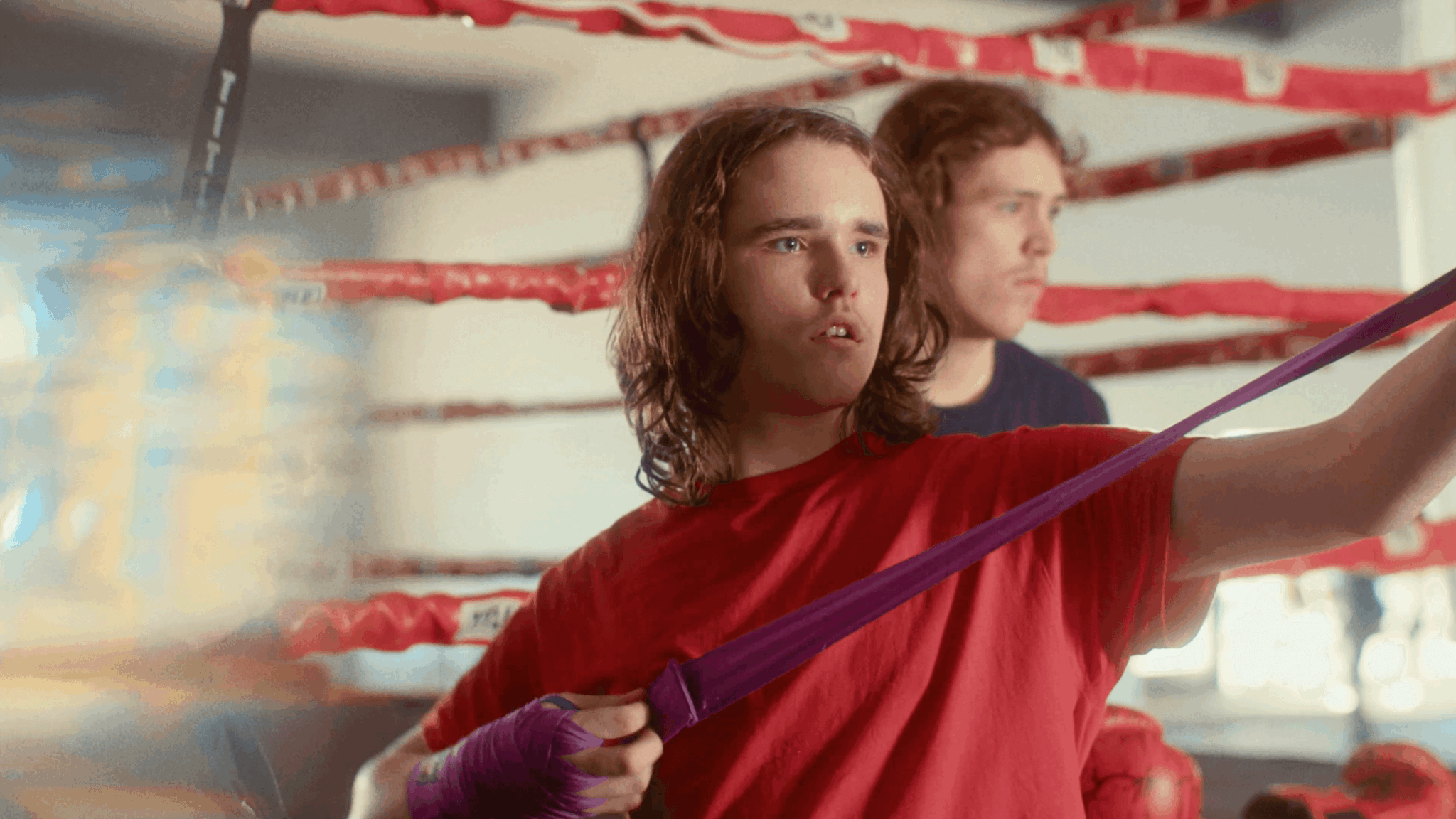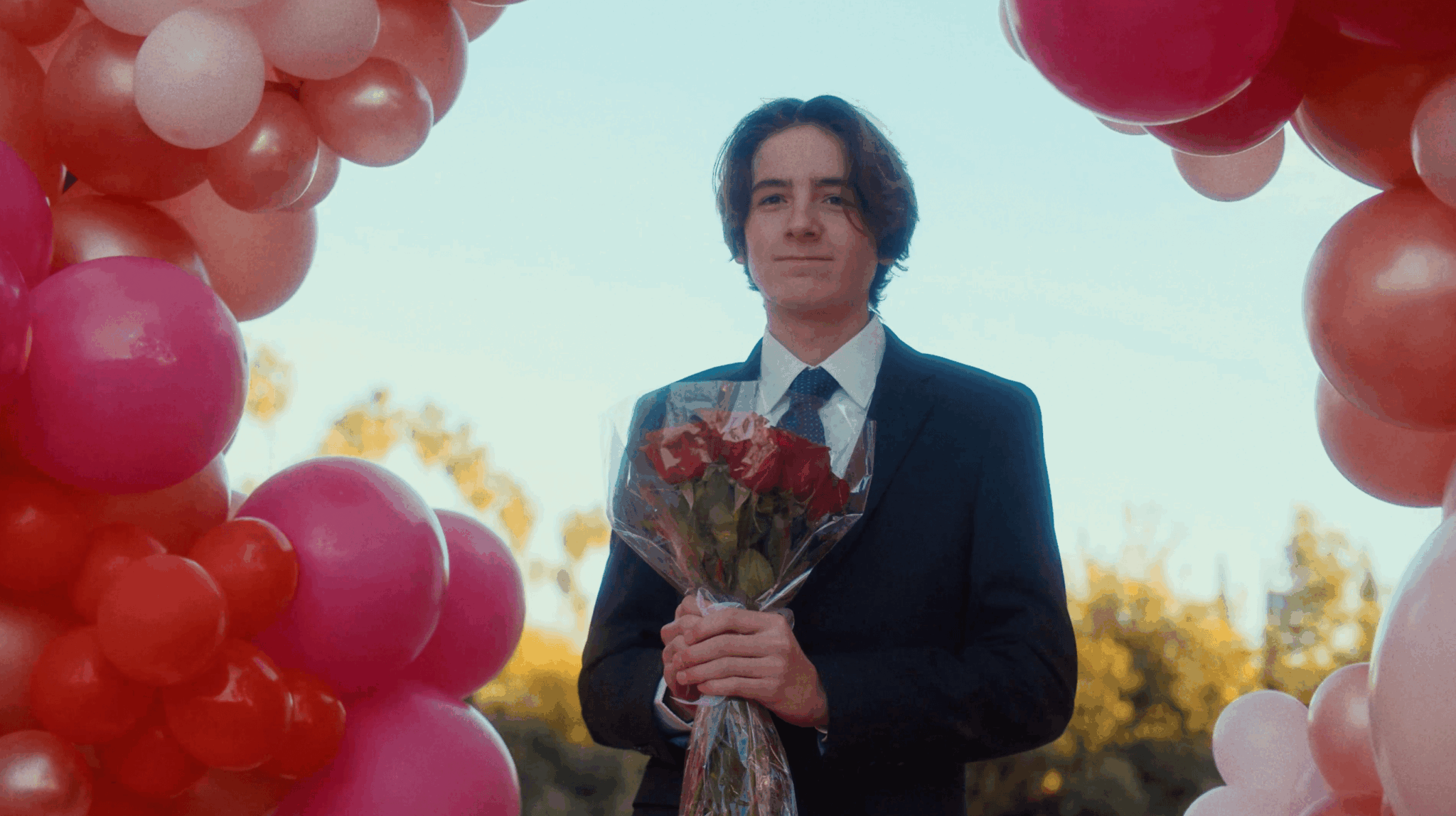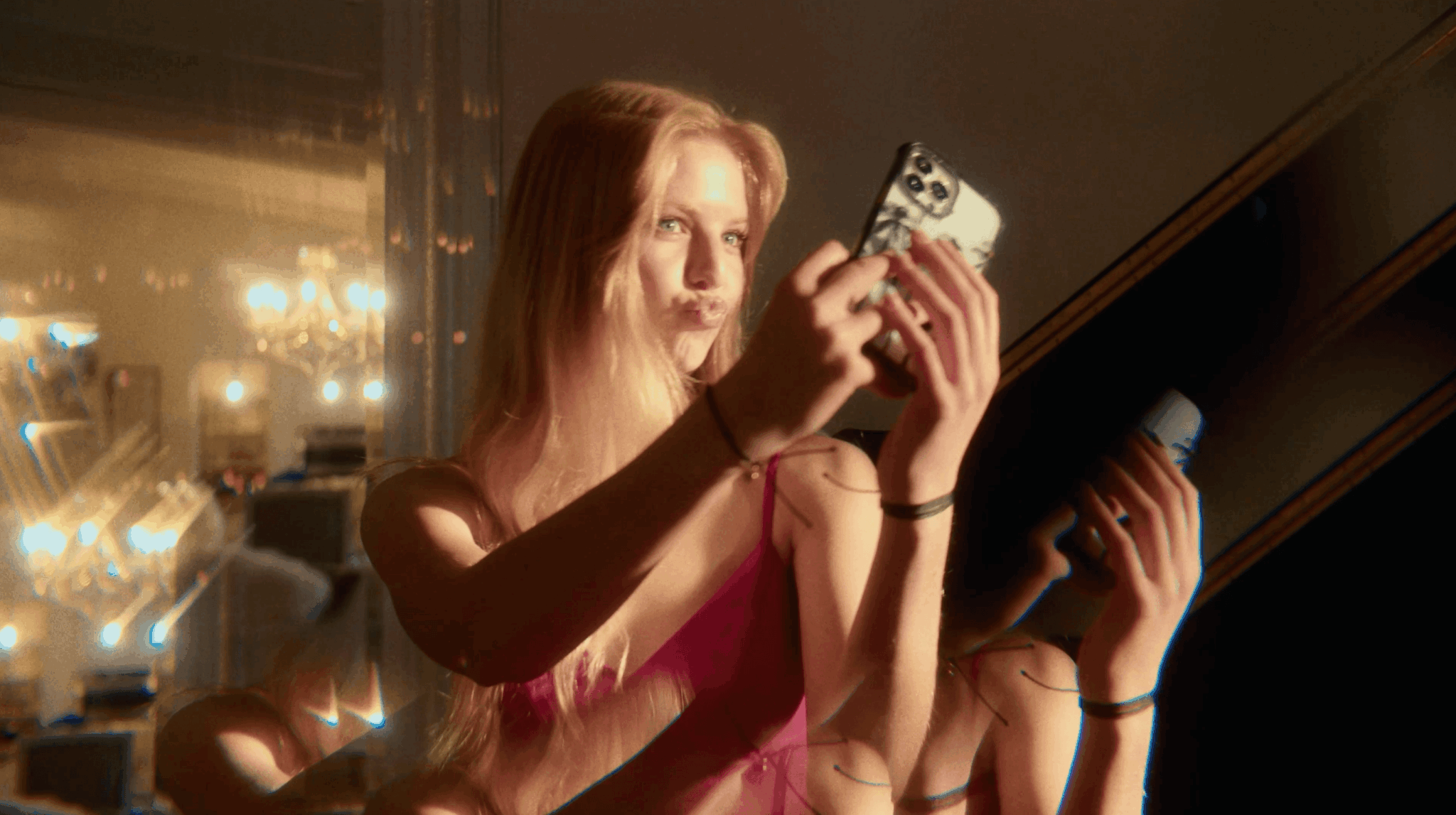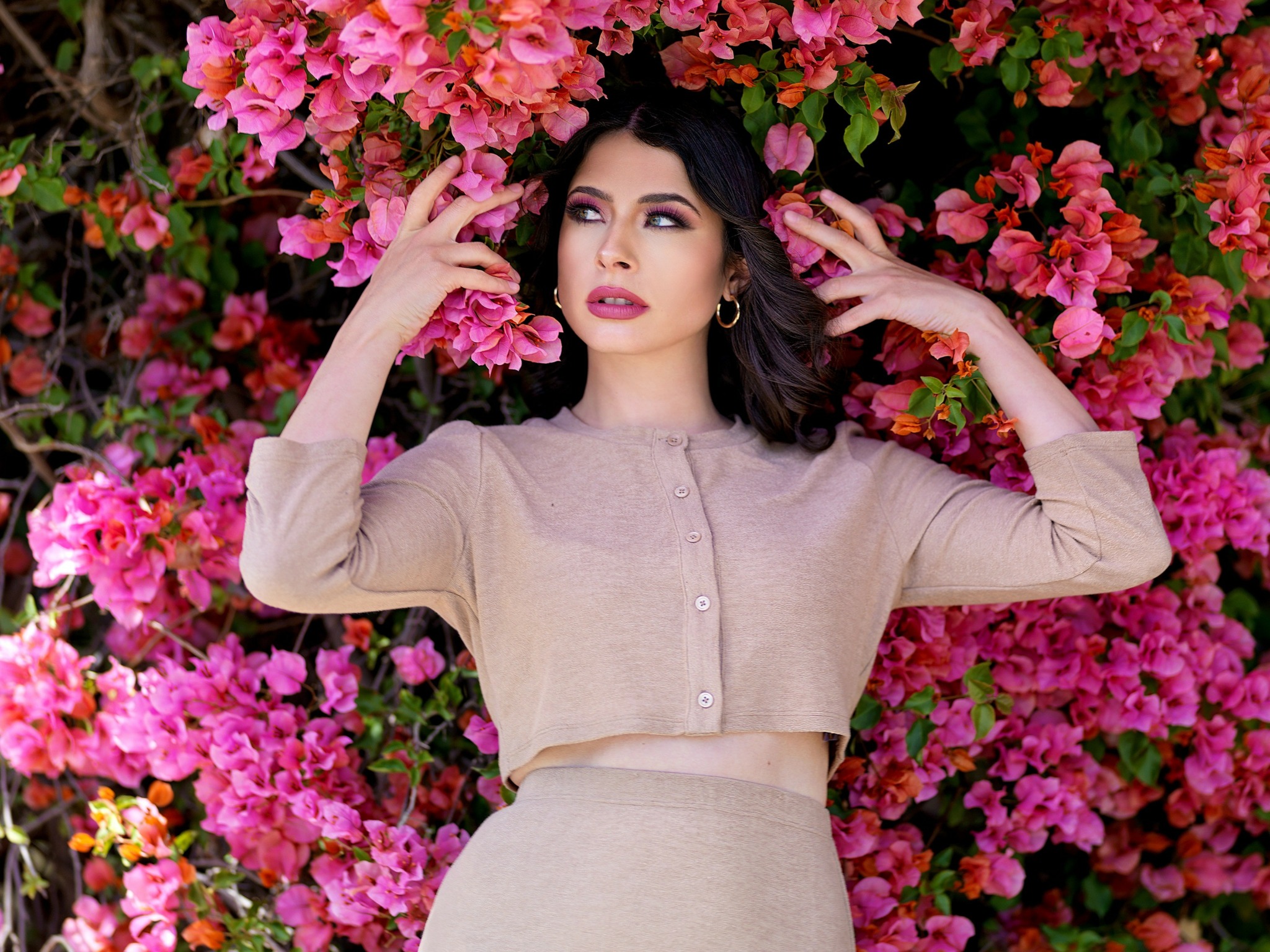We were lucky to catch up with Niki Koss recently and have shared our conversation below.
Niki, thanks for joining us, excited to have you contributing your stories and insights. It’s always helpful to hear about times when someone’s had to take a risk – how did they think through the decision, why did they take the risk, and what ended up happening. We’d love to hear about a risk you’ve taken.
When I decided to direct Homeschooled, which was my first documentary, I knew I was taking a major creative and personal risk. Up until that point, I had only directed narrative films — where you can control the characters, the dialogue, the outcome. This was something completely different. Not only was I venturing into a new format, but I was diving headfirst into a subject I knew very little about: homeschooling.
It wasn’t just the technical leap that made it feel risky — it was the responsibility. Homeschooling is a polarizing topic. People have strong opinions, and often, strong misconceptions. I was nervous about whether I could approach it with the kind of nuance, sensitivity, and truth that it deserved. I didn’t want to make a puff piece or a political statement. I wanted to tell real human stories — and I knew I’d be stepping into the lives of families who were trusting me to represent them honestly and respectfully.
What started as a topic I knew nothing about became one of the most emotionally rewarding projects I’ve ever been a part of. We ended up with a film that’s not only being released worldwide, but that sparks real conversation — not about whether homeschooling is right or wrong, but about how far families will go to protect and nurture their kids in a system that doesn’t always serve them.
That experience taught me that the scariest stories to tell are often the ones most worth telling. It forced me to let go of control, trust the process, and above all, listen. And I’ll carry that lesson into every film I make moving forward.

Niki, love having you share your insights with us. Before we ask you more questions, maybe you can take a moment to introduce yourself to our readers who might have missed our earlier conversations?
I’m a filmmaker based in Los Angeles. I started out in the industry as an actress, but pretty early on I realized that I also wanted to have more creative control and tell the kinds of stories I wasn’t seeing enough of on screen. That led me to start my own production company and begin to shift into directing and producing, which has honestly been the most rewarding leap I’ve ever made.
I’ve directed four feature films so far — all of which have received worldwide distribution, studio financing, and/or theatrical releases — and I recently wrapped my first documentary, Homeschooled, which releases June 1st. I’ve also directed commercial campaigns for brands like Sephora and the Malibu Country Mart, and I’m a proud alum of the Forbes 30 Under 30 list, Women in Film, the Shondaland Directing Program, and the Sundance Directing Program.
What sets my work apart is that I lead with heart, but I’m always thinking about audience and impact. Whether it’s a genre film, a commercial, or a doc, I want my projects to feel fresh, emotionally honest, and above all — human. I love taking bold risks with visuals and tone, but what matters most to me is making people feel something.
I’m most proud of the fact that everything I’ve created has been independently driven, and often by a female-led team. It’s not always easy — especially in this industry — but I’ve been fortunate to surround myself with incredible collaborators who believe in the stories we’re telling. I think anyone who follows my work or teams up with me creatively can expect something ambitious, usually quite female-centric, and a little unexpected.

What do you think is the goal or mission that drives your creative journey?
Telling female-driven stories and uplifting other women in this industry is at the heart of everything I do. As a young woman coming up in film and TV, I saw firsthand how often women’s stories were either sidelined, oversimplified, or told through a lens that didn’t actually represent our lived experience. That always stuck with me, and it’s what drives my creative choices today — not just in the stories I choose to tell, but in the teams I build and the collaborators I surround myself with.
I’m passionate about creating space for female filmmakers, both in front of and behind the camera. It’s not just about equality — it’s about expanding the kinds of stories we get to see, and who gets to tell them. There’s so much nuance, humor, and power in female perspective, and I want to be part of pushing that to the forefront of culture in a way that feels exciting, modern, and bold.

Is there something you think non-creatives will struggle to understand about your journey as a creative?
One thing I think non-creatives often don’t fully understand — and I say this with total empathy — is just how much goes into making a film or TV show. It’s so easy to scroll past a trailer, watch a show, and make a snap judgment: “That was terrible,” “Not for me,” or even worse, publicly tear it apart. And I get it — we all do it. But, being on the other side of it, I know firsthand how many years of someone’s life went into that project. How many sleepless nights, how much funding stress, creative heartbreak, collaboration, and literal blood, sweat, and tears had to come together just to get it made — let alone released into the world.
It’s not just art, it’s also people’s livelihoods. Every project that gets made creates jobs for hundreds, sometimes thousands, of people — from writers and directors to crew members, editors, drivers, caterers, and beyond. So when we casually trash a film online or write it off in two seconds, we’re not just reacting to a piece of content — we’re dismissing the years of work and the communities it supported.
I’m not saying we all have to love everything. Art should be subjective. But I do think we could all benefit from being a little more conscious in how we engage with it. A little more curious, a little more kind. Because the truth is, even the “worst” movie took a mountain of courage and effort to bring to life — and for someone out there, it might have been their dream. That’s something sacred, and I think we should try to treat it that way.
Contact Info:
- Instagram: https://www.instagram.com/nikikoss/?hl=en

Image Credits
Hernan Rodriguez – First Photo
K Factor Films – Second Batch


